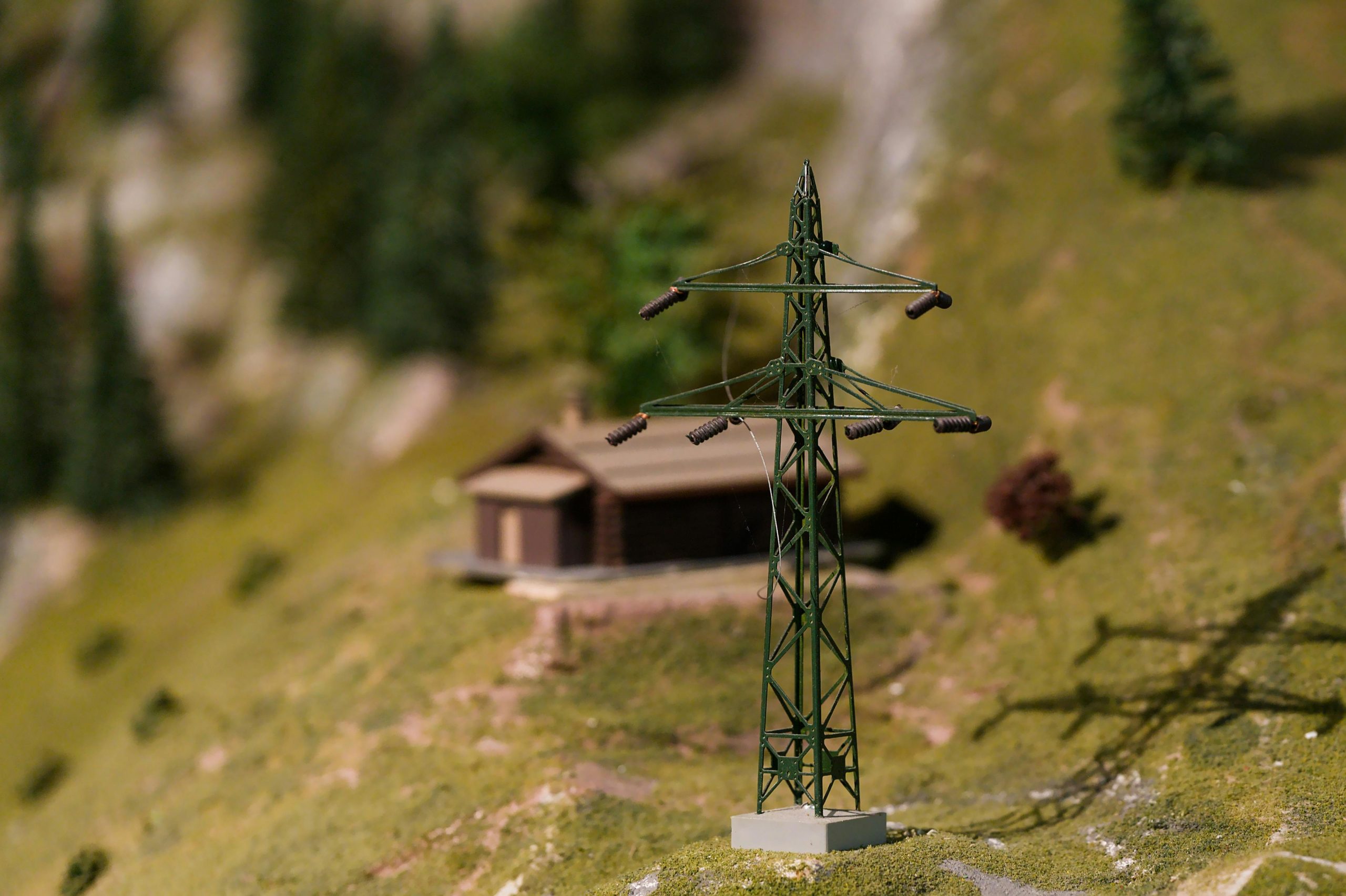Creating a mini solar system model at home is a fun and educational project that can help you and your family understand the wonders of our universe. Whether you’re a student working on a school assignment or a hobbyist looking for a creative weekend project, building a solar system model is both rewarding and engaging. This step-by-step guide will walk you through the process, from gathering materials to assembling your very own miniature cosmos.
Materials You’ll Need
Before diving into the construction of your mini solar system, it’s essential to gather all the necessary materials. Here’s a list of items you’ll need:
- Styrofoam balls (various sizes to represent planets)
- Acrylic paints (different colors for each planet)
- Paintbrushes
- Wooden dowels or skewers (for mounting planets)
- A large cardboard box or foam board (to serve as the base)
- Glue or hot glue gun
- String or fishing line (optional for hanging models)
- Scissors and a ruler
- Markers or labels (for planet names)
Most of these materials can be found at your local craft store or even repurposed from items around your home. If you’re feeling extra creative, you can also use LED lights to make your model glow!
Step 1: Painting the Planets
The first step in building your mini solar system is painting the Styrofoam balls to resemble the planets. Here’s how to do it:
- Research planet colors: Look up images of each planet to ensure accuracy. For example, Mars is red, Jupiter has orange and white stripes, and Earth is blue and green.
- Paint the largest ball yellow to represent the Sun. Since the Sun is the center of our solar system, it should be the biggest object in your model.
- Paint the remaining balls according to their planetary colors. Use smaller balls for Mercury and Pluto (if included) and larger ones for Jupiter and Saturn.
- Add details: For Saturn, cut a ring from cardboard or foam and paint it before attaching it to the planet. For Earth, add tiny white clouds with a fine brush.
Allow the paint to dry completely before moving on to the next step.
Step 2: Assembling the Solar System
Once your planets are dry, it’s time to assemble your solar system. Follow these steps:
- Prepare the base: Use a large cardboard box or foam board as the foundation. Paint it black or dark blue to represent space.
- Mark planet positions: Measure and mark where each planet will be placed. Remember, Mercury is closest to the Sun, followed by Venus, Earth, Mars, Jupiter, Saturn, Uranus, Neptune, and Pluto (if included).
- Attach the Sun: Glue the Sun at the center of your base or attach it with a wooden dowel to make it stand out.
- Mount the planets: Use wooden dowels or skewers to attach each planet to the base. Cut the dowels to different lengths to create a 3D effect. For a hanging model, tie string or fishing line to each planet and suspend them from a frame.
Take your time with this step to ensure your model is visually appealing and accurate.
Step 3: Adding Finishing Touches
To make your mini solar system model even more impressive, consider these finishing touches:
- Label the planets: Use small labels or markers to write the name of each planet next to its corresponding Styrofoam ball.
- Add stars: Glue tiny silver or white beads to the base to represent stars, or use a white marker to draw them.
- Include fun facts: Write a few interesting facts about each planet on index cards and attach them to the base.
- Light it up: If you want an extra wow factor, place small LED lights behind the Sun or planets to make them glow.
These details will not only enhance the appearance of your model but also make it more educational.
Tips for a Successful Project
Building a mini solar system model is a fantastic way to learn about astronomy, but here are a few tips to ensure your project goes smoothly:
- Scale matters: If you want an accurate scale model, research the relative sizes of the planets and adjust your Styrofoam balls accordingly. Keep in mind that distances between planets are vast, so you may need to compromise on spacing.
- Work in a well-ventilated area: Acrylic paints and glue can have strong fumes, so open a window or work outside if possible.
- Involve the whole family: This project is perfect for kids and adults alike. Assign tasks like painting, cutting, or assembling to make it a group effort.
- Be creative: There’s no right or wrong way to build your model. Feel free to add comets, asteroids, or even a spaceship for extra flair!
Building a DIY mini solar system model at home is a fantastic way to explore the cosmos while unleashing your creativity. By following this step-by-step guide, you’ll have a stunning representation of our solar system that’s both educational and visually appealing. Whether you display it on a shelf, hang it from the ceiling, or use it for a school project, your mini solar system will be a source of pride and wonder. So gather your materials, roll up your sleeves, and embark on this exciting journey through space—right from your living room!
